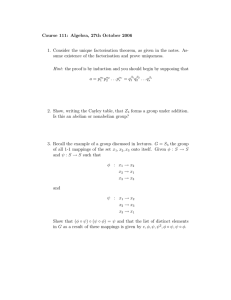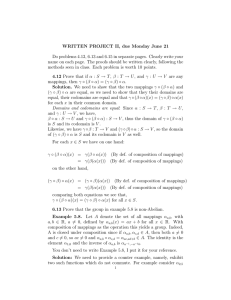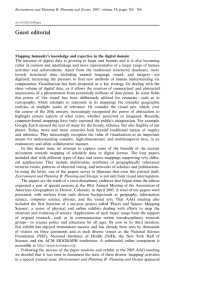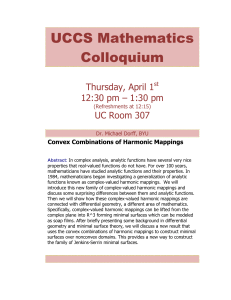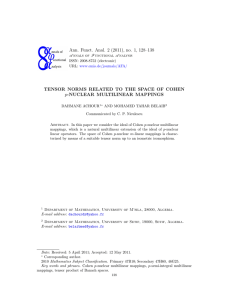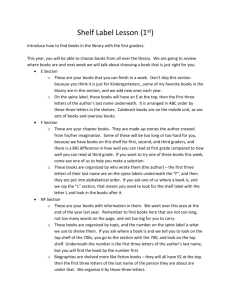Wrap-up discussion topics
advertisement
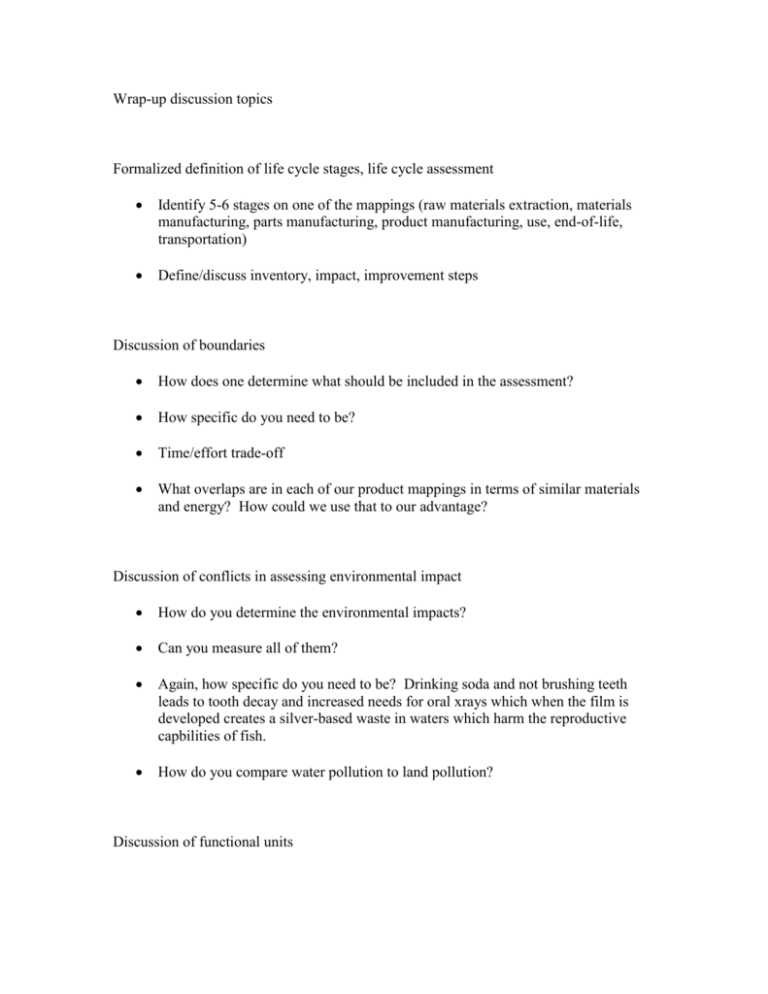
Wrap-up discussion topics Formalized definition of life cycle stages, life cycle assessment Identify 5-6 stages on one of the mappings (raw materials extraction, materials manufacturing, parts manufacturing, product manufacturing, use, end-of-life, transportation) Define/discuss inventory, impact, improvement steps Discussion of boundaries How does one determine what should be included in the assessment? How specific do you need to be? Time/effort trade-off What overlaps are in each of our product mappings in terms of similar materials and energy? How could we use that to our advantage? Discussion of conflicts in assessing environmental impact How do you determine the environmental impacts? Can you measure all of them? Again, how specific do you need to be? Drinking soda and not brushing teeth leads to tooth decay and increased needs for oral xrays which when the film is developed creates a silver-based waste in waters which harm the reproductive capbilities of fish. How do you compare water pollution to land pollution? Discussion of functional units If we could quantify the actual materials and the environmental impacts created for each container examined, can we compare them side-by-side? What adjustments do we need to make? 12 oz aluminum can, vs 67.6 oz PETE bottle, vs. X oz bag-n-a-box Define/discuss functional unit, comparing an apple to an orange, not a bushel to a basket Discussion of trade-offs and non-environmental issues How do you judge one life cycle stage versus another? More packaging vs. less product waste (esp. important with hazardous materials) Extended shelf life versus recyclability Taste versus materials interaction Marketing – shelf space, label space Security and theft from vending machines Introduction of more complex product (computer) How many parts, materials in a single computer? What is involved at the various life cycle stages for a computer? Imagine taking our mappings – effectively, all these materials in the computer, so we need each map. How much overalp? How much circularity? Do we need computers to build computers? How do we account for that? What is the functional unit? Laptop versus desktop? How do engineers and designers make decisions on materials, where is their boundary?
